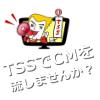The man who left us the legacy of Hiroshima
– the hidden story behind the Peace Memorial Museum –
2:00-2:55 p.m. Wednesday, August 6, 2014
(Re-run) 2:00-2:55 a.m. Thursday, August 7, 2014
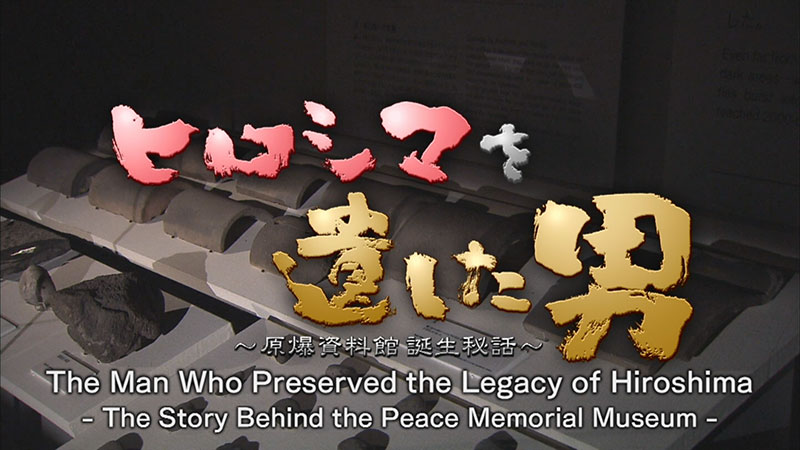
The TSS Special Program, “The Man Who Preserved the Legacy of Hiroshima – The Story Behind the Peace Memorial Museum –” (with English subtitles) will be aired to the world on the TSS Archive Project Official Website, Kokokara! TSS Channel, and TSS Video Streaming Site Pocket TSS (Hiroshima)
TSS-TV Co., Ltd. is a broadcasting station based in Hiroshima, the very first atomic bombed city in the history of humankind. Since its establishment, TSS has been transmitting information in an effort to assist in the elimination of nuclear weapons and the realization of peace. As such, TSS has newly launched the TSS Archives Project in order to share special programs about the atomic bombing. The shows have been translated into English and released online for the world to see.
The first program is The Man Who Preserved the Legacy of Hiroshima – The Story Behind the Peace Memorial Museum – (produced in 2014). The program received the 2015 Japan Commercial Broadcasters Association Excellence Award for educational television programming, the 11th Hoso Bunka Foundation Awards Chugoku-Shikoku Region Excellence Prize, and the 52nd Galaxy (Japan) First Fiscal Half Encouragement Award. The show focuses on a “great man without a name” who was buried in history records without ever being known. This man was responsible for creating the Hiroshima Peace Memorial Museum, an exhibition displaying a “negative legacy”, something rare in the world. English subtitles and Japanese narration have been synchronized so that Japanese and non-Japanese speakers can watch together. By transmitting it worldwide, people who are in conflict zones or developing nations, where television broadcasting is difficult, can learn about the A-Bombed City Hiroshima. This program can further be used as a tool for peace education and peace activities.
The day will come when there will be no more Hibakusha, who lost everything in an instant that day, and who continue to suffer today. As the world’s nuclear weapons development gains momentum, Hiroshima’s TSS will continue to relay the “truth of that day” so the world will never again create any more Hibakusha.
"The museum is largely the creation of one man, a geologist" (Robert Lifton, American Psychiatrist)
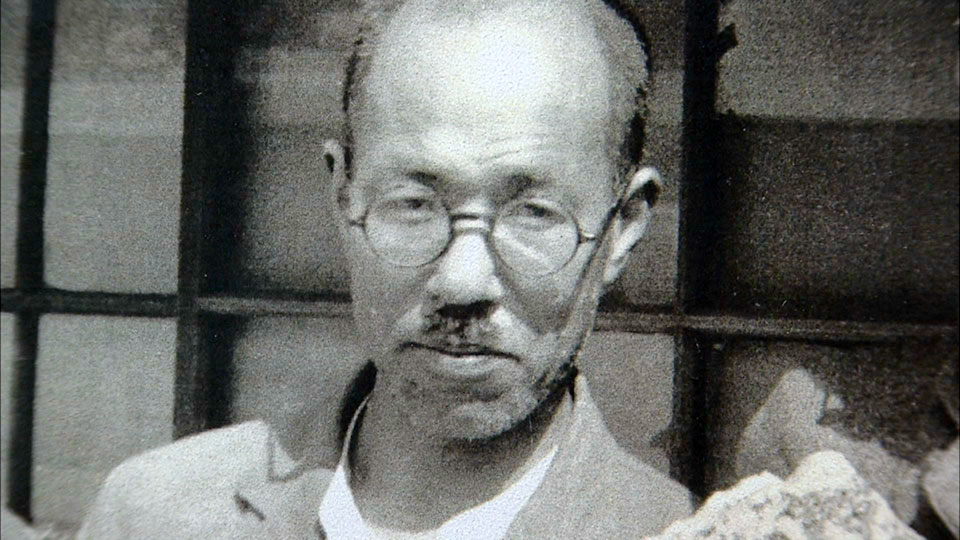
The Hiroshima Peace Memorial Museum attracts 1.4 million visitors each year as it continues to communicate the desparing cries of the souls that were taken. What is little known now, is that this museum was created by the perseverance of one scholar.
Mr. Shogo Nagaoka, who had been teaching geology and mineral science at Hiroshima Bunrika University (now Hiroshima University), entered Hiroshima City the day after the atomic bomb was dropped. He was shocked to see that the surface of a stone lantern he sat on was like pins and needles. Overcoming prejudice and opposition, Mr. Nagaoka felt it his mission as a Hibakusha to continue spreading the message of what happened "that moment". 10 years after the atomic bombing, that perseverance created the A-Bomb Museum. What exactly was it that he risked his life to convey?
In this program, while relying on the few clues available, we visited people in Japan and abroad who had some knowledge of the day and followed the path of the man who made the A-Bomb Museum.
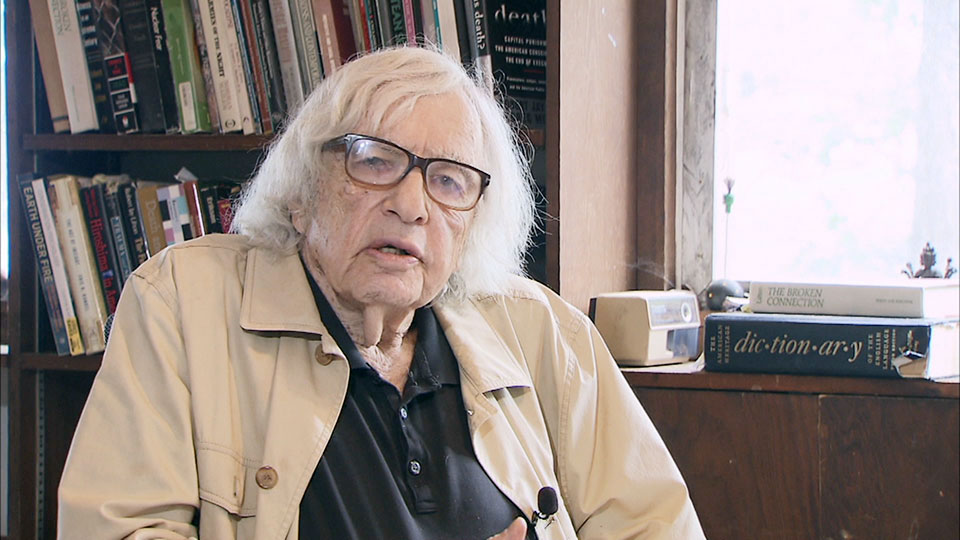
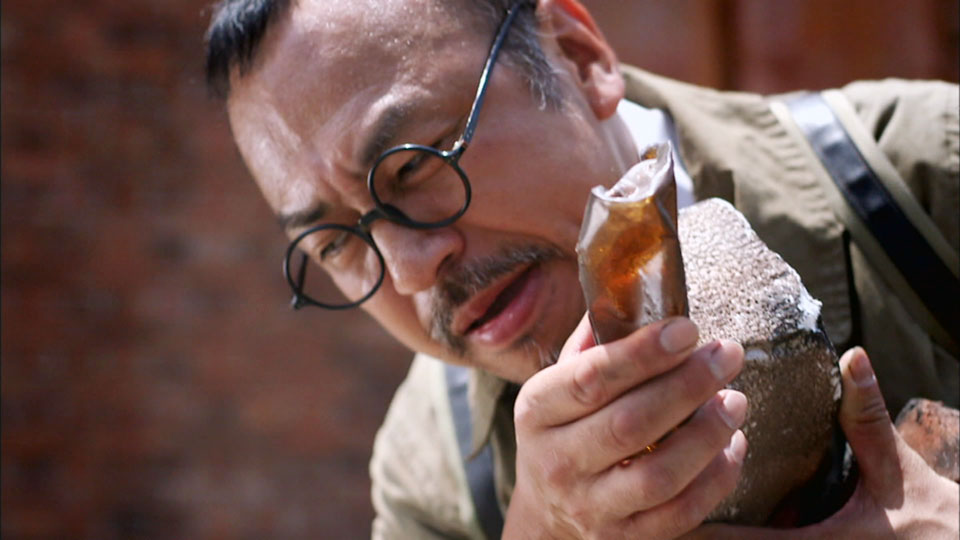
1945. Mr. Shogo Nagaoka was teaching geology and mineral science at Hiroshima Bunrika University (now Hiroshima University). He entered Hiroshima City the day after the atomic bomb was dropped. Upon sitting on a stone lantern at Hiroshima Gokoku Shrine, he was shocked at the countless “thorns” that had developed on the surface from the extreme heat.
Being a stone expert, he immediately realized that this was a special kind of bomb. From then on, he commuted to the city of Hiroshima, now in ruins, tirelessly collecting stones, roof tiles, bottles, and other burned objects. After the War ended, Mr. Nagaoka was selected as one of five geology specialists in an atomic bomb investigation team set up by the national government. In addition to Hiroshima, he also surveyed Nagasaki, and in no time his personal stone and roof tile collection had increased significantly.
In 1949, the city of Hiroshima opened an Atomic Bomb Reference Materials Display Room in the central community center and started displaying Mr. Nagaoka’s collection. However, at the time, when rubble still remained in the burnt aftermath, the collected “A-bomb material” was not something that interested the people. Still, Mr. Nagaoka persisted, appealing to those who visited, “exactly what happened in that instant.” Finally, in August 1955, the A-Bomb Museum was opened.
Mr. Nagaoka was appointed first director. As director, he worked to encourage school excursions from across Japan to visit and made a special effort to convey the horror of the atomic bomb to many people. Nevertheless, the world had entered the nuclear age… At the A-Bomb Museum, an “Atoms for Peace Exhibit” was held, while the materials that Mr. Nagaoka worked so hard to collect were transferred to a small community center.
Scenes from the TSS Archive Project production
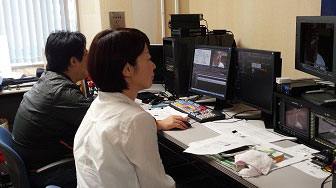
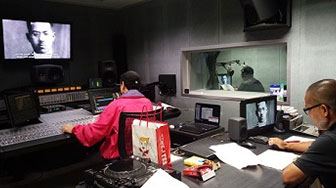
Every word and character is transcribed, to make the Japanese and English scripts. After re-recording the narration and music, more than 600 English subtitles are added in synchronization. This is how the program is reborn.
Director Norio Maeda
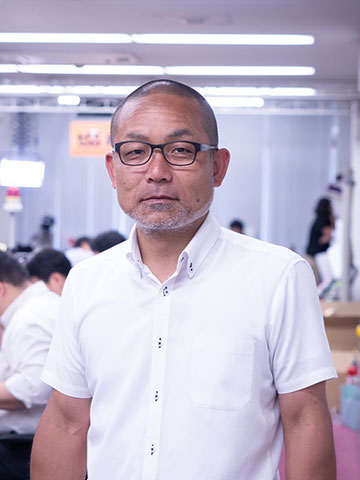
Not a day goes by that I don’t see tourists from other countries carrying backpacks, in Hiroshima. Today, more than 1.5 million foreigners come from far away to this land, mainly to see the A-Bomb Museum.
If it weren’t for one man, who walked around picking up burnt stones and roof tiles after the atomic bomb was dropped, I believe Hiroshima City would look completely different today.
Unfortunately, however, practically no record of that man, Shogo Nagaoka remains here in Hiroshima. Through this program, I hope that you are able to feel Mr. Nagaoka’s motives that, even today, continue to move the hearts of people from all over the world.
About the Director
Norio Maeda joined TSS Production, Inc. in 2006. Since then, he has earned a great number of awards, including the Japan Commercial Broadcasters Association Excellence Award for educational television programming and Takayanagi Memorial Encouragement Award for science broadcast in 2007 with “Innoshima Zosen Monogatari ~ Gyōtetsu to Ikiru Hitobito (The Story of Shipbuilding in Innoshima – People who Live with Rollforming)”, the Galaxy (Japan) Month of July Award for television and the Japan Commercial Broadcasters Association Chugoku/Shikoku Region Jurors Excellence Award for “Asonde Bokurawa Ningen ni Naru ~ Kodomo ni Totte Asobitowa (We become Adults through Play – What Play Means to Children)” in 2012, and in 2014, the Japan Commercial Broadcasters Association Excellence Award for educational television programming, the Hoso Bunka Foundation Chugoku-Shikoku Region Excellence Prize, and the Galaxy (Japan) First Fiscal Half Encouragement Award for “Hiroshima wo Nokoshita Otoko ~ Genbaku Shiryōkan Tanjyo Hiwa ~ (The Man Who Preserved the Legacy of Hiroshima – the Story Behind the Peace Memorial Museum –)”.


